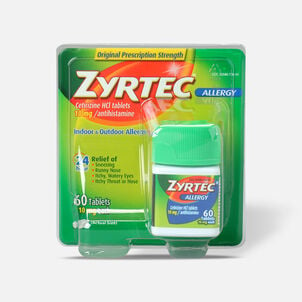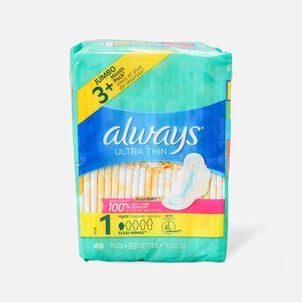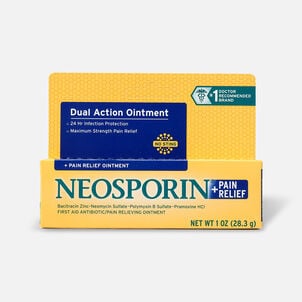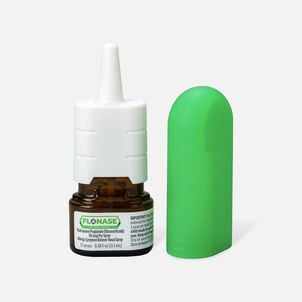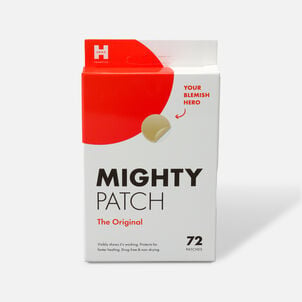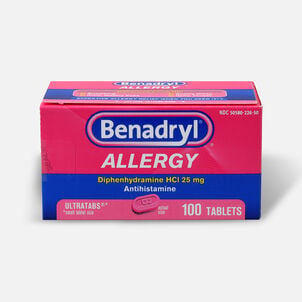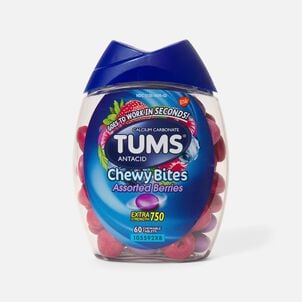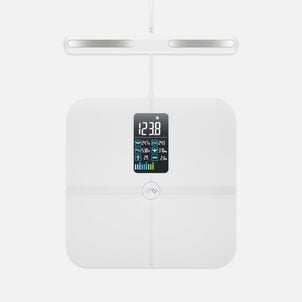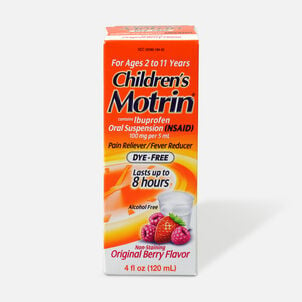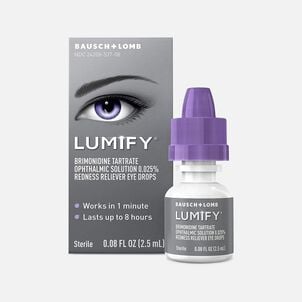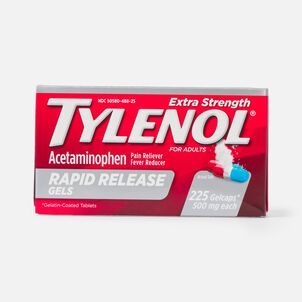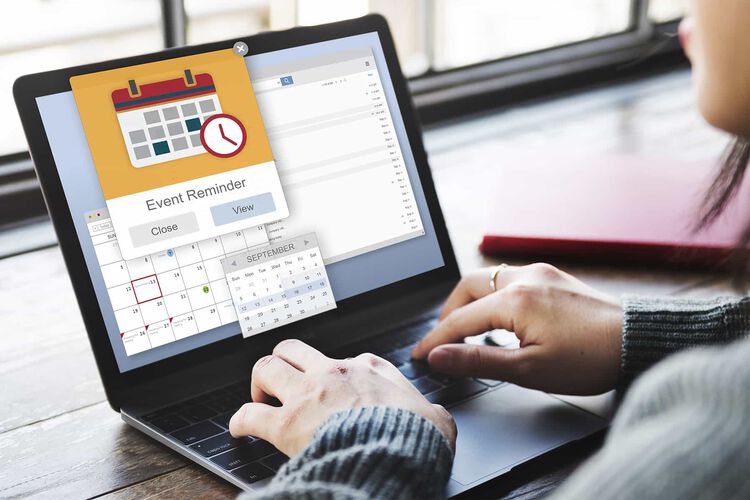FSA cards are pretty common these days – most FSA providers give you one to help use your funds (and track your spending) easier. But if you're new to FSAs (or at least new to these cards) you probably have some questions about how they work, where they can be used, what it is NOT for, and so on.
Well, if you haven't figured it out by now, we love making guides for these types of things.
How to use your FSA card
Let’s take a big-picture look at the humble-but-awesome FSA card. Flex spending cards are essentially the same as debit cards but used only to cover eligible medical expenses, drawing the funds from your FSA. Without an FSA card, FSA holders who wish to access their funds are required to either pay for an out-of-pocket expense and then submit receipts to their benefits administrator or submit a claim with required documentation. Employees get reimbursed once the paperwork is submitted for eligible expenses.
FSA cards make the reimbursement process much easier by automatically withdrawing funds from the debit card. Shopping from approved merchants will mean you typically won't receive a request for documentation because eligible products at certain merchants will auto-approve, so you can shop accordingly, and play by the rules!
That's basically it. BUT, if you ventured here wondering about the difference between FSA and HSA cards, guess what? While FSA and HSA accounts have some differences, the cards to access them function in almost the exact same ways. And the information below will help you understand how to handle your card.
Ways to check the balance on your FSA card
- Log into your FSA plan portal
- Use the provider app
- Call your FSA administrator at the number provided
Waiting to get reimbursed for an FSA eligible item the traditional way can be a little mind-numbing — filing paperwork with your FSA administrator, waiting for approval, and paying out of pocket in the meantime. Luckily, the FSA card streamlines the process.
The reason? Your FSA card is linked directly to your FSA. But here's the deal: FSA cards are different from standard debit cards and come with their own set of rules. Here's what you'll want to keep in mind:
You can't withdraw money from an ATM
A significant difference between the FSA card and a standard debit card is that you can't grab cash from an ATM using your FSA funds. No — this is strictly for eligible health care expenses.
The easiest way to be sure your purchases are eligible is to shop at a store that exclusively sells FSA eligible items (hint, you're already here). It removes the guesswork and allows you to focus on getting the items you need without having to file for reimbursement.
You can't use it in every store
It might sound obvious, but it's important to note that you can't use your FSA card at just "any" store, unless the purchases are eligible for FSA reimbursement. In order to be able to use your FSA card at a specific location, it must be one that accepts FSA cards and sells qualified eligible products, such as a pharmacy or grocery store. You can also use it at approved locations which offer medical services, such as a doctor’s office or dentist.
What to do if your card is lost
Having your payment information or identity stolen is about as scary and uncomfortable as it gets. And having it happen to your FSA is no different. But it's important to not panic. These accounts are just like any other banking or credit card account you might have so be careful and keep good records of your purchases (yes, even with the card) this way your administrator can assist you.
What happens if I lose my FSA card or get hacked?
If a fraudulent purchase has been made with your FSA, you'll need to notify your administrator immediately so that they can open an investigation. Once the investigation is completed, your funds should be reimbursed into your account.
Keep in mind, your account will likely be shut off until the investigation is complete, and a new card will have to be sent to you. Keep this in mind when making additional purchases, so you can still use the traditional reimbursement approach to access the tax-free funds.
How to keep your FSA safe
While there isn't a 100% guaranteed method to preventing fraud, there are steps you can take to help keep your FSA safe. You'll want to treat your FSA card (and all of your account info, for that matter) with the same care and precautions that you would give any debit or credit card.
Even though an FSA card doesn't have nearly as many places where it can be used, it's still a source of funds that people can purchase items they need. And because of that, it's important to treat FSA fraud like any form of card theft.
First off, you should keep your physical card in a safe place where others can't easily access it. You should sign the back of your card as soon as you get it, and never store a PIN with the card. Also, don't give your card number to anyone you don't trust. We could do another guide of all the places NOT to give your card number. But for now, one place you definitely shouldn't is over the phone — unless you're the one who made the call to a business or medical office, so you know the people you're speaking to are legit.
If you do give your card number out over the phone, make sure you're speaking with a reputable outlet, and are in a private place where others can't overhear the information. (And never, ever provide your card number through email. No reputable store would ever ask you to do this. Shop smart, everyone!)
If you're making payments online, be sure to use a secure connection. Never make payments or enter your info over a public Wi-Fi connection. This makes you vulnerable to hackers who can easily access your account. Only make purchases from merchants that you trust who have a secure website.
Your FSA plan administrator is your friend
This all may seem obvious, but just for peace-of-mind and a quick resolution to any problems you might have, reach out to your plan administrator, to see their policies on processes, proper card use, etc. And always keep a copy of your confirmation for your records.
They can probably help you better organize and protect documents and receipts that may contain sensitive account information. And they can help keep your contact information up-to-date, so no one else can try to access your account using older information.
What to do if your FSA card is declined
It's embarrassing when your credit card is declined because it feels like everyone in the store is looking at you. The good news is that you typically know how to handle it: call the bank, try a different card, or check your balance. But what happens if your FSA claim is declined? It often feels similar, but the next steps can be confusing. Here's what you should know:
Don't panic
Regardless of why your card was denied, there's no need to be embarrassed. It doesn't mean you've done anything wrong and there's a good chance it's not even your fault. There are a lot of reasons an FSA claim might be denied — and most have an easy fix. The first step is to figure out whether or not your card has been activated.
No, we're not kidding. Forgetting to activate your card is a common oversight with a simple solution: call your administrator or explore your company's benefits website to learn how to activate your card.
Double check your funds
Let's be honest: sometimes it's hard to keep track of everything and that includes your FSA card balance. If your FSA claim is denied, it might be because you had insufficient funds in your account or that the price of the item you tried to purchase is higher than your balance. Be sure to check your balance before you use your card again.
Make sure the merchant accepts FSA cards
For the most part, your FSA card should work where it makes sense: at locations like pharmacies, vision centers, doctor and dentist offices, and so on. But if you try to use your card at a restaurant or bike shop, even if that bike shop happens to sell FSA eligible bandages, chances are your card won't work.
If you have questions about whether or not a specific merchant will allow your FSA card, you can contact your FSA administrator to find out. (But let's be honest, did you really think a restaurant was going to accept pre-tax health care funds for that lobster roll?)
The easiest way to ensure that your items or services are eligible is by checking out our comprehensive Eligibility List, and by shopping at a store that exclusively sells FSA eligible items. It takes the guesswork out of shopping and decreases the chances that your FSA card will be declined.
Confirm with your employer that the item is FSA eligible
The IRS determines which items are FSA eligible. But employers can set their own eligibility rules as long as they're sticking to the IRS guidelines. In other words, it's important to check in with your FSA administrator and confirm that the item you tried to buy is FSA eligible.
If your FSA card was declined but you decided to buy the item with a different card, then it's still a good idea to try and get reimbursed through traditional means. If you bought the item through FSAstore.com and the item was allowed under your plan guidelines, we guarantee that the item is FSA eligible, so be sure to save your receipt and submit for reimbursement.
Other helpful FSA card tips
You should still save your receipts
Even though you won't need to file your receipts for reimbursement after every purchase, you'll still need to save your receipts. The IRS requires all FSA purchases be backed up with proof, so in many cases you’ll need to show itemized documentation of your FSA card purchases to your FSA administrator
As long as you’re using it properly, in most situations, the card will be accepted and processed without worry. But there's no better way to fight off "unpleasant surprises" than by keeping good records. You should always keep paperwork for charges, not just in the event of a denied charge. Depending on where you use the card, you may need to submit a receipt or documentation even if it was approved. Why? Because if your benefits administrator denies an FSA card charge, having this paperwork handy to verify eligibility will save you time and hassle down the line.
Pro Tip: Use electronic receipts whenever possible. Just create a file in your inbox and simply move your receipts there throughout the year. It's a painless way to ensure you're following the rules.
You can still file manually
By now, you've probably figured out that an FSA card makes life simpler, but like we mentioned above, you don't have to use it. If there's ever a time when you forget it at home or are working with a medical provider that doesn't accept it, then don't worry. You can still file for reimbursement the old-fashioned way and submit receipts and/or your explanation of benefits to your FSA administrator.
-
Thank you for visiting the FSA Store Learning Center! Don’t forget to follow us for more helpful tips on Facebook, Instagram, and Twitter!

